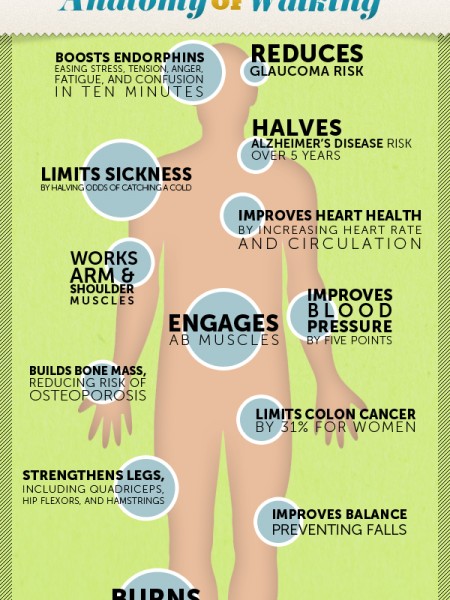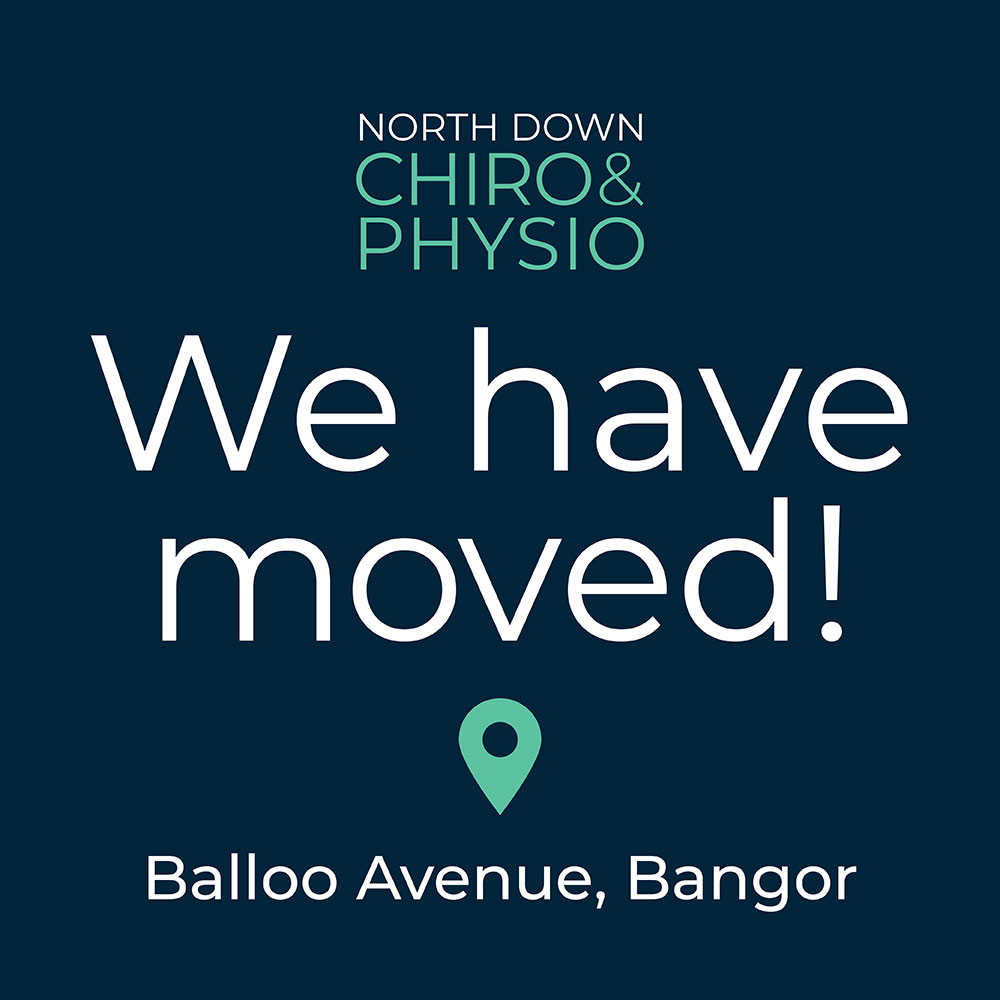
So you may have all heard this story in the news …..
“Skinny jeans/large hoods/long sleeves/heels and asymmetric hems are bad for your back”
Link to article here
Although it is possible that some of the items of clothing may have an effect on your pain it seems counterintuitive to proclaim that we should all avoid these items.
As health care professionals we should be encouraging our patients (you guys) to get out and get moving, we shouldn’t be scaring people by making blanket statements, especially about something trivial and only one small causality in the multifactorial nature of pain.
Our backs are INCREDIBLY resistant structures that are innately strong, we may have pain (85% of us will experience back pain) but the way we respond to our pain will shape our recovery. Blaming your fashion sense, although a nice simple cause-effect link, is more likely to instil feelings of fragility in people, instead we should address the cause of the pain, followed by progressive strengthening.
Only a small percentage of “hood wearing/skinny jean toting, long sleeve” people have pain, thus these fashion items are likely not casuistic!!
Every thing in moderation guys!

The British Chiropractic Association has produced a helpful and informative leaflet called “straighten up UK” for posture there are components aimed at both children and adults.
In our current society we are spending longer periods of time at electronic devises (like the one I’m writing this article from) and spending less time outdoors, this is particularly noticeable for children. There have been a number of negative effects found with children spending long periods of time at a screen, including
“In 2015 Cambridge University researchers recorded the activities of more than 800 14-year-olds and analysed their GCSE results at 16. Those spending an extra hour a day on screens (TV, computer, games console, phone) saw a fall in GCSE results equivalent to two grades overall.
On average, the 14-year-olds said they spent four hours of their leisure time each day watching TV or in front of a computer.
An additional hour of screen-time each day was associated with 9.3 fewer GCSE points at 16 – the equivalent of dropping a grade in two subjects. Two extra hours of screen-time was associated with 18 fewer points – or dropping a grade in four subjects. Even if pupils spent more time studying, more time spent watching TV or online, still harmed their results, the analysis suggested.”
So what is it suggested we do? the American Academy of Paediatrics has updated and released their stance on “screen time” i have included the link to the article here so please feel free to click and read through this article. It seems their stance has become more liberal with screen time, in order to keep up with the times.
In a review of the available evidence one author found a positive association between screen time and mental health issues, which is further supported by a Australian study which found a positive link between poor posture, increased BMI and depression.
So, never mind simply neck and back pain, we owe it to ourselves to straighten up, as well as our children.
Here is the straighten up UK leaflet from the BCA

Walking is one of the most simple movement based tasks that binds nearly all of us together. It is a major developmental mile stone as a child, and something that we subconsciously do everyday, for the rest of our lives. Often, though, walking is overlooked by therapists in turn of specific exercises, gym memberships or class based activity.
So what are the benefits of walking in comparison to some of these other exercise types, and how can walking best be used to optimise health and activity in different stages of life.
Benefits of walking

As we can see from this infographic walking has many varied positives.
More walking, less hospital
This next paragraph will condense a great article found here.
There was a large population study done in australia in 2005 which looked the data from people aged 55-80 across 10 years. The study aimed to establish the causation between hospital stays and physical activity (walking). The study found
“The inactive people (taking 4,500 steps per day) averaged 0.97 days of hospital care per year. The more active people (taking 8,800 steps per day) needed only 0.68 days of care per year.”
Thats a huge finding, although the numbers 0.97 and 0.68 seem rather abstract to most of us it equates to a huge 30% less hospital stays, which equates to 975,000 beds per year which works out to a whopping 1.7 billion.
So get up and get active, it’ll maybe even reduce your hospital visits!

